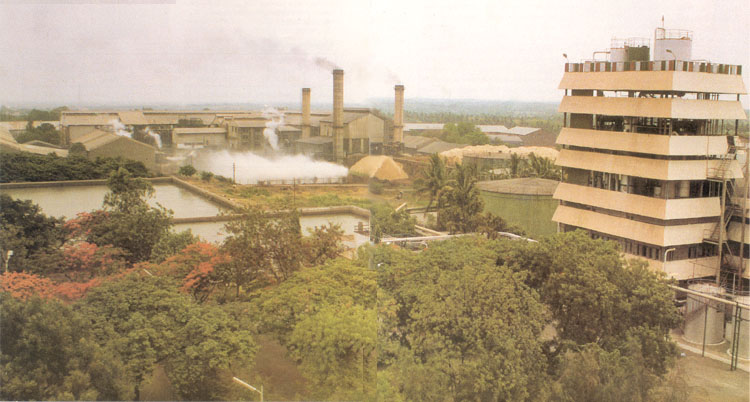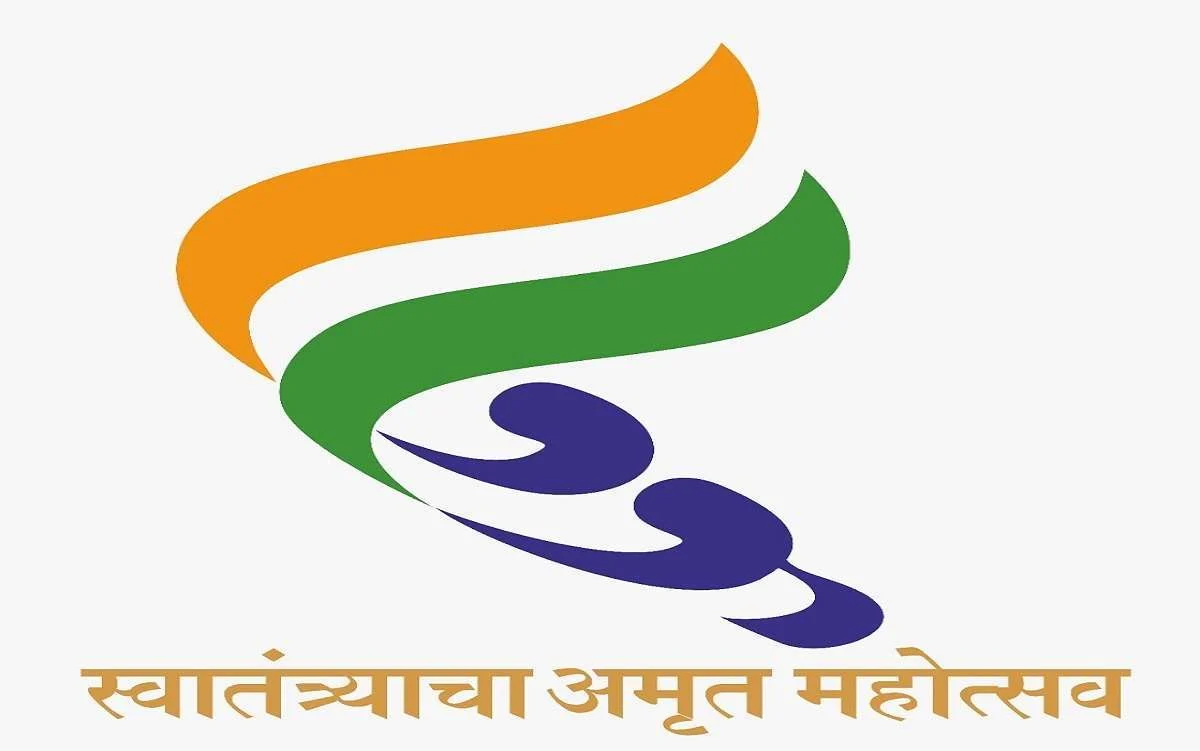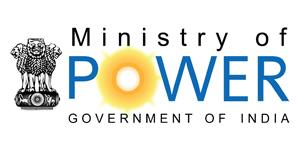Bagasse
Technologies -
"A co-generation facility is defined as one, which simultaneously produces two or more forms of useful energy such as electrical power and steam, electric power and shaft mechanical power, etc" Each sugar mill is designed to co-generate steam and power based on bagasse as fuel. The steam and power get utilized to the extent required for the sugar mill operation during season period. All the bagasse generated from the cane crushed is used almost fully for the captive needs of steam and power.

The existing steam generation is normally of low pressure (Viz. 21 Kg / Sq cm, 132 Kg / Sq cm , 42 Kg / sq cm).
For setting surplus of electric power, one needs high pressure high temperature boiler and matching turbines, associated auxiliaries and other related equipments. The recommended minimum pressure by MoNES and other central Govt. agencies are 42 Kg / Sq cm. and 63 Kg / Sq cm. It is also possible to consider pressures even higher than these. (Viz. 81 Kg / Sq cm & 100 Kg / Sq cm.)
On the account of high pressure boilers and turbines larger amounts of power is generated due to high pressure and temperature drop in turbines and this low pressure steam is used for milling and other process.
The surplus power available over and above the captive requirement of sugar mills can be effectively evacuated through an efficient evacuation system and used for various alternatives.
The potential for surplus power from sugar mill primarily depends on following parameters:
- Capacity of the mill.
- Bagasse generation and utilization.
- Existing boiler and turbine combination.
- Proposed boiler and turbine combination.
- Captive steam and power needs, in season and off- season.
- Existing and proposed energy efficiency of the mill and associated plants.
Based on possible modes of operations, promoters have options for deployment of high-pressure boilers and turbines add a number of different configurations for steam and power cycles are possible, depending upon the type of turbine combinations used.
Different combinations for boilers and turbines are as follows :
- Pure back pressure turbine.
- Single extraction cum back pressure turbine.
- Double extraction cum back pressure turbine.
- Pure condensing turbine.
- Single extraction cum condensing turbine.
- Double extraction cum condensing turbine.
Following are the three main combinations:
1.Back pressure turbine method.
It is a conventional method and under this bagasse will be utilized to the extent of back pressure process steam required. It is also called incidental cogeneration. The bagasse is used for power generation only during the season. The entire bagasse available will be used for generation of maximum surplus power and surplus power over and above the captive needs will be exported.
2.Condensing cum extraction turbine method.
Under this, the deployment of new high (moderate) pressure boilers (63 / 67 Bar etc.) and turbines will generate a certain amount of exportable surplus power during season above captive needs. In this process to some extent bagasse is saved and the same is utilized for the maximum number of days operation in off-season to generate power, which is totally surplus power.
3.Double extraction cum condensing turbine method.
Under this the deployment of new high-pressure boiler (87 Bar and above) and turbine is used. The boiler generates superheated steam at very high pressure and with the help of double extraction cum condensing turbine, power can be generated on a larger scale compared to the earlier method. This method enables to save bagasse in quite significant quantities compared to the earlier method.
It is necessary to identify specific power cycle designs for possible configurations for different sugar mill capacities since mills with minimum 2500 TCD are required for the viability of the cogeneration project.
Following parameters are considered for design steam and power cycles both for season and off- season operations.
- Capacity and crushing rate.
- Bagasse generation and supplementary fuel availability.
- Bagasse utilization and savings.
- Steam and power requirements for processes and ancillary units.
- Steam and power generation from proposed boilers and turbine configuration.
- Steam required for feed water heating.
- Power required for utilities.
- Recommended type and sizes of boilers and turbines.
The generation and utilization pressure and temperatures for boiler and turbine respectively are considered at 63 Kg/Sq. cm. at 510 Deg. C. and 42 Kg. / Sq. cm. at 430 Deg. C., based on MoNES guidelines.












